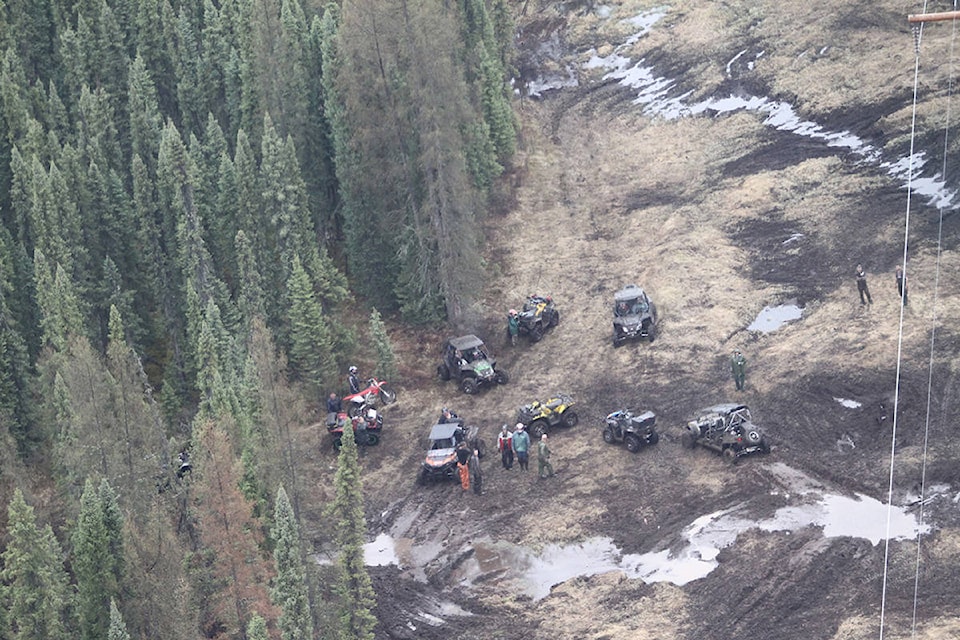As off-highway vehicle users started a summer of trail riding on the long weekend, some were worried the space they have for their past time. may start shrinking.
Cal Rakach, a member of the Bighorn Heritage ATV Society, spent the weekend in the bush doing what he enjoys. But he also talked about how his group feels threatened by developments in other areas they have used extensively in the past.
“From what we are seeing down south, there is waning trust this will end well for all us outdoor types,” said Rakach.
Groups such as Yellowstone to Yukon Conservation Initiative and the Canadian Parks and Wilderness Society have lobbied the government to increase environmental protections for the area west of Rocky Mountain House.
Earlier this week, the provincial government announced increased funding for capital upgrades to Castle Provincial Park and Castle Wildland Provincial Park, near Pincher Creek. The $3 million investment includes new and improved family-friendly camping opportunities, trails, highly accessible front-country experiences and better access to the wilderness, according to a government press release.
“Albertans have loved the Castle for generations,” said Shannon Phillips, Environment and Parks Minister. “The region’s majestic landscapes are home to stunning mountains, rolling hills, montane forests and meadows. I’m pleased that through our capital funding commitment we can ensure families and visitors have an amazing and quality outdoors experience.”
However, also announced was a three-year phase out of the area’s 350 kms of off-highway vehicle trails. By June 1, it will become 137 kms, by 2019 it will be 37 kms and by 2020, only one km of trails will be left.
In March, the North Saskatchewan Regional Advisory Council released 69 recommendations to the provincial government. A public consultation was held until May 4, based off of the recommendations.
Among those recommendations, is a point around off-highway vehicle use. The council suggests the government invest in education and enforcement to address increased recreational activities, such as OHV use, and random camping.
It also says to delegate responsibility for recreation management to well-established and responsible user groups, such as recreational OHV clubs or associations to support planning areas and monitored of use.
ATV users and volunteers, like Rakach, have put in about $1.3 million worth of time, equipment, energy and materials into building bridges, trails and toilets over the past 15 years in the Bighorn Backcountry area.
“The Bighorn Backcountry Heritage ATV Society position remains the same,” said Rakach. “We support the regional advisory council’s recommendations and at this point it’s wait and see.”
mcrawford@reddeeradvocate.com
Like us on Facebook and follow us on Twitter
